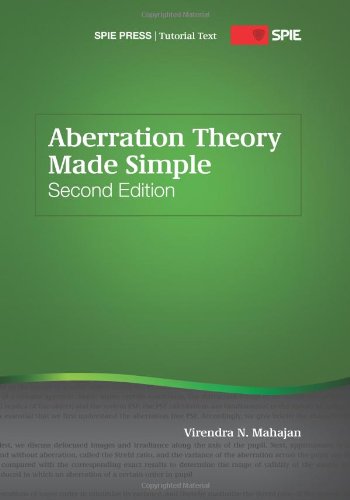

Most ebook files are in PDF format, so you can easily read them using various software such as Foxit Reader or directly on the Google Chrome browser.
Some ebook files are released by publishers in other formats such as .awz, .mobi, .epub, .fb2, etc. You may need to install specific software to read these formats on mobile/PC, such as Calibre.
Please read the tutorial at this link: https://ebookbell.com/faq
We offer FREE conversion to the popular formats you request; however, this may take some time. Therefore, right after payment, please email us, and we will try to provide the service as quickly as possible.
For some exceptional file formats or broken links (if any), please refrain from opening any disputes. Instead, email us first, and we will try to assist within a maximum of 6 hours.
EbookBell Team

4.1
70 reviewsThe second edition of Aberration Theory Made Simple features an updated Cartesian sign convention, which is used in advanced books on geometrical optics and in optical design software. New topics include centroid and standard deviation of ray aberrations, spot diagrams for primary aberrations, the golden rule of optical design about relying on such diagrams, update of 2D PSFs for primary aberrations, aberration-free optical transfer function of systems with annular and Gaussian pupils, Zernike polynomials for circular, annular, and Gaussian pupils, effect of longitudinal image motion on an image, lucky imaging in ground-based astronomy, and adaptive optics